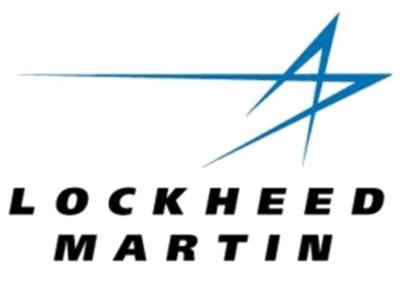Sat, Aug 12, 2017
GeoCARB Will Focus On Vegetation Health And Carbon Monitoring
Scientists will get a better understanding of our planet’s carbon cycle and vegetation health through a first-of-a-kind NASA instrument built by Lockheed Martin. The Geostationary Carbon Cycle Observatory (GeoCARB) mission will use an advanced infrared spectrograph hosted on a commercial geosynchronous satellite. The project is led by Principal Investigator Dr. Berrien Moore at the University of Oklahoma.

“Lockheed Martin has the right skills to make GeoCARB a success, bringing together our deep expertise in infrared sensing and hosted payloads,” said Gary Kushner, the Lockheed Martin instrument program manager. “Through our collaboration with the University of Oklahoma, NASA and Colorado State University, we can deliver better information about our planet’s health to decision makers and scientists around the globe.”
Lockheed Martin’s Advanced Technology Center in Palo Alto, California, will build the instrument, which has its roots in the Near Infrared Camera on the James Webb Space Telescope. Instead of staring into deep space, this mission will examine infrared wavelengths to measure carbon dioxide, carbon monoxide and methane in Earth’s atmosphere along with Solar Induced Fluorescence, a measure of vegetation health. GeoCARB is expected to launch in 2022.
The instrument will be launched as a hosted payload on an upcoming commercial satellite in geostationary orbit over the Americas. This expands the corporation’s experience in hosted payload integration, made possible by innovative instruments that offer compact and affordable capability. This cost-capped mission will demonstrate the ability to perform hosted geosynchronous payload missions at a fraction of the cost of a standalone mission.
The Lockheed Martin team brings together the heritage of more than 100 payloads and instruments launched in the past 30 years. Lockheed Martin’s expertise in Earth remote sensing includes recent successes like the Earth Polychromatic Imaging Camera (EPIC), which streams high-resolution imagery of the planet from its observation station one million miles away; and the Geostationary Lightning Mapper, whose first of four units launched Nov. 19, 2016 aboard the new Geostationary Operational Environmental Satellite R-Series satellite.
(Source: Lockheed Martin news release)
More News
He Attempted To Restart The Engine Three Times. On The Third Restart Attempt, He Noticed That Flames Were Coming Out From The Right Wing Near The Fuel Cap Analysis: The pilot repor>[...]
Make Sure You NEVER Miss A New Story From Aero-News Network Do you ever feel like you never see posts from a certain person or page on Facebook or Instagram? Here’s how you c>[...]
From 2009 (YouTube Edition): Leading Air Show Performers Give Their Best Advice for Newcomers On December 6th through December 9th, the Paris Las Vegas Hotel hosted over 1,500 air >[...]
Aero Linx: NASA ASRS ASRS captures confidential reports, analyzes the resulting aviation safety data, and disseminates vital information to the aviation community. The ASRS is an i>[...]
“For our inaugural Pylon Racing Seminar in Roswell, we were thrilled to certify 60 pilots across our six closed-course pylon race classes. Not only did this year’s PRS >[...]
 NTSB Final Report: Rutan Long-EZ
NTSB Final Report: Rutan Long-EZ ANN FAQ: Turn On Post Notifications
ANN FAQ: Turn On Post Notifications Classic Aero-TV: ICAS Perspectives - Advice for New Air Show Performers
Classic Aero-TV: ICAS Perspectives - Advice for New Air Show Performers ANN's Daily Aero-Linx (06.28.25)
ANN's Daily Aero-Linx (06.28.25) Aero-News: Quote of the Day (06.28.25)
Aero-News: Quote of the Day (06.28.25)



